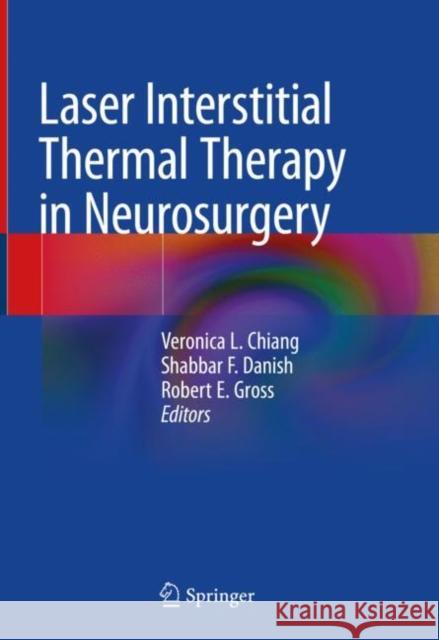Laser Interstitial Thermal Therapy in Neurosurgery » książka
topmenu
Laser Interstitial Thermal Therapy in Neurosurgery
ISBN-13: 9783030480462 / Angielski / Twarda / 2020 / 182 str.
Laser Interstitial Thermal Therapy in Neurosurgery
ISBN-13: 9783030480462 / Angielski / Twarda / 2020 / 182 str.
cena 563,56
(netto: 536,72 VAT: 5%)
Najniższa cena z 30 dni: 539,74
(netto: 536,72 VAT: 5%)
Najniższa cena z 30 dni: 539,74
Termin realizacji zamówienia:
ok. 22 dni roboczych
Dostawa w 2026 r.
ok. 22 dni roboczych
Dostawa w 2026 r.
Darmowa dostawa!
Kategorie BISAC:
Wydawca:
Springer
Język:
Angielski
ISBN-13:
9783030480462
Rok wydania:
2020
Wydanie:
2020
Ilość stron:
182
Waga:
0.54 kg
Wymiary:
25.91 x 19.56 x 1.27
Oprawa:
Twarda
Wolumenów:
01











